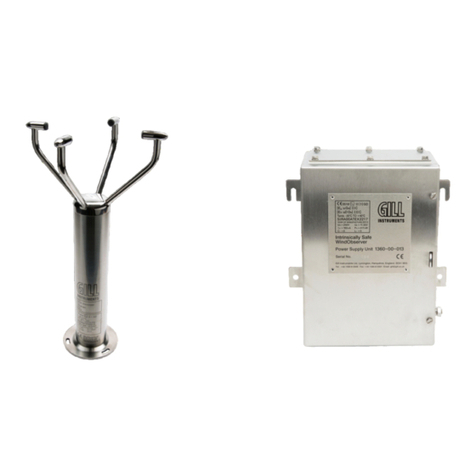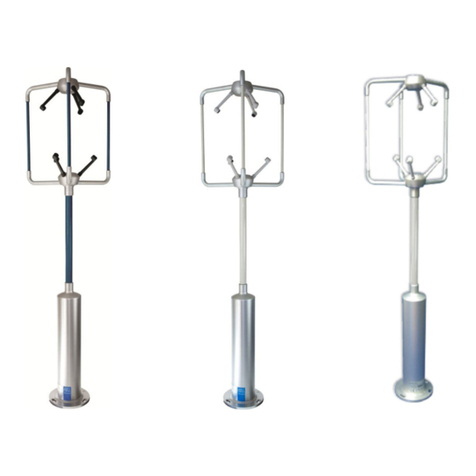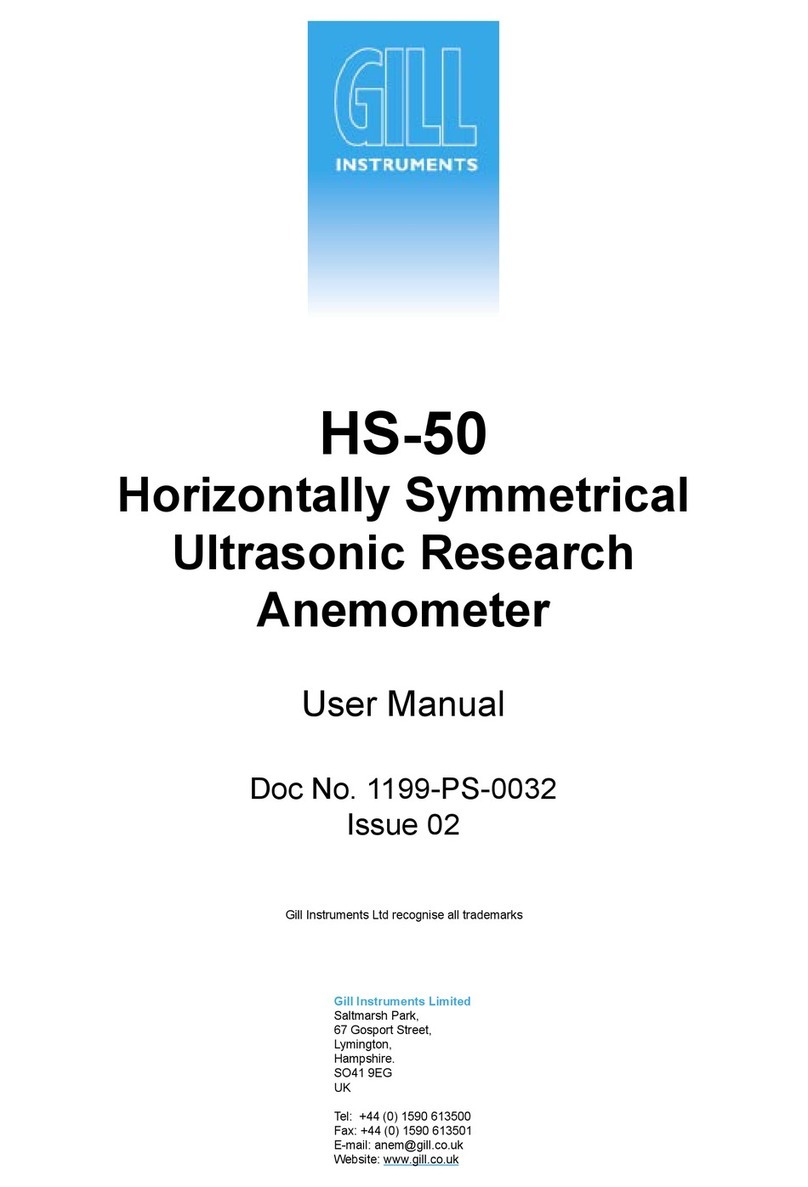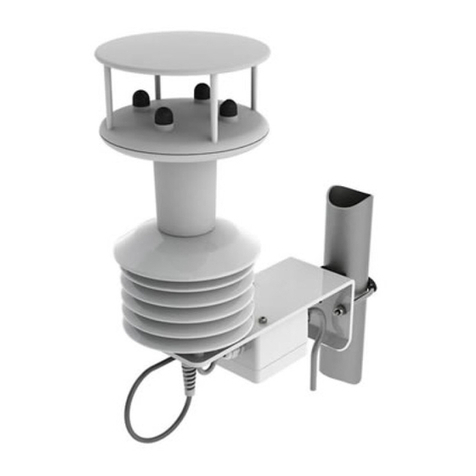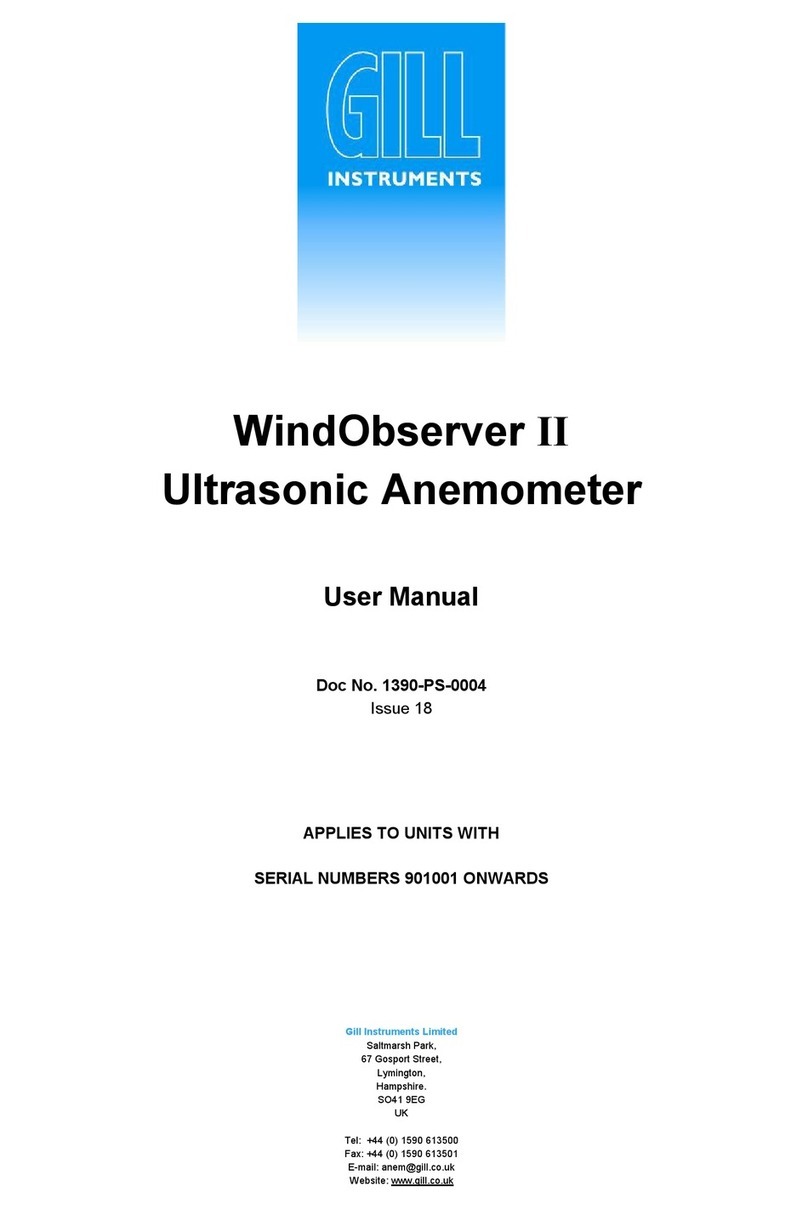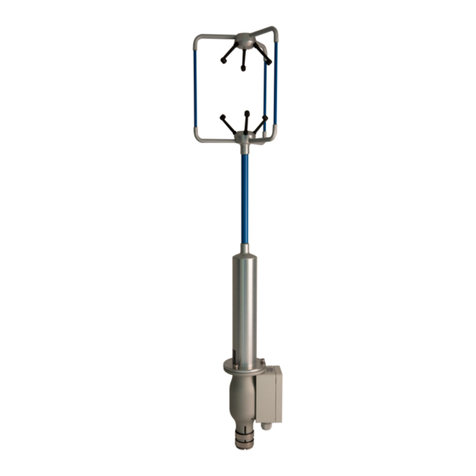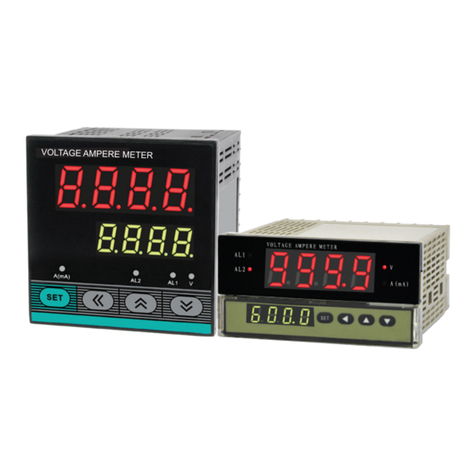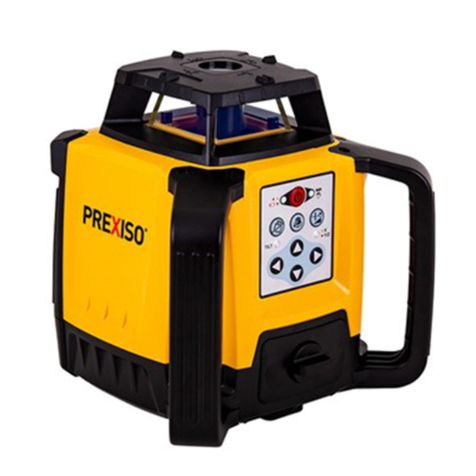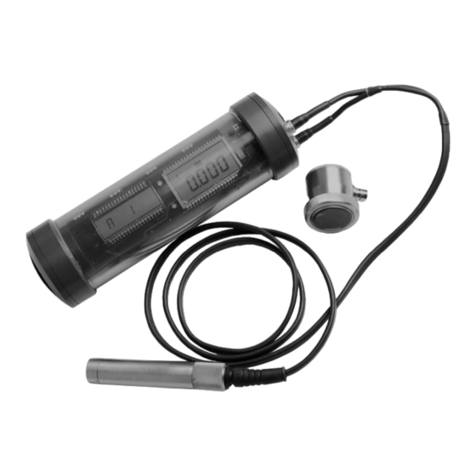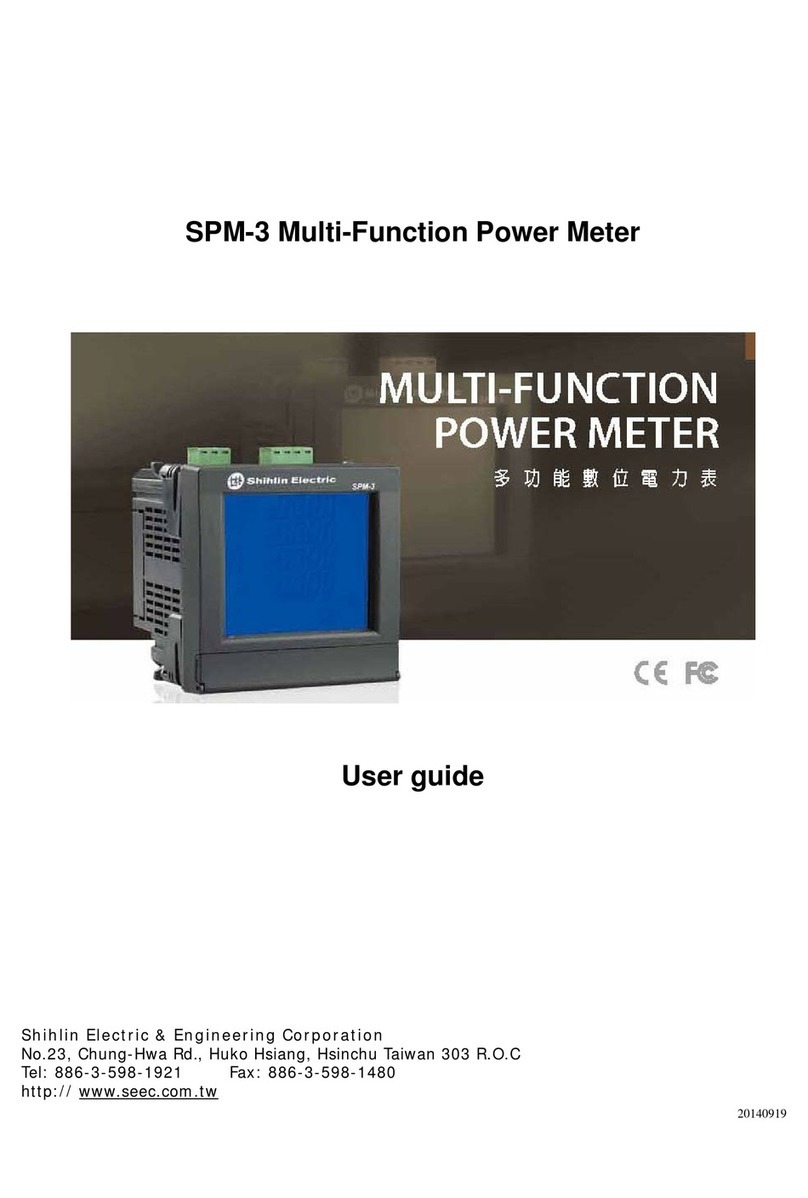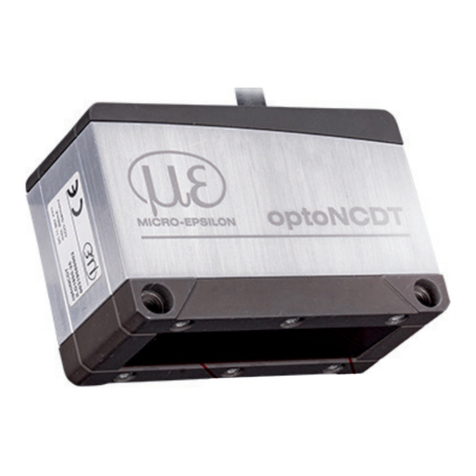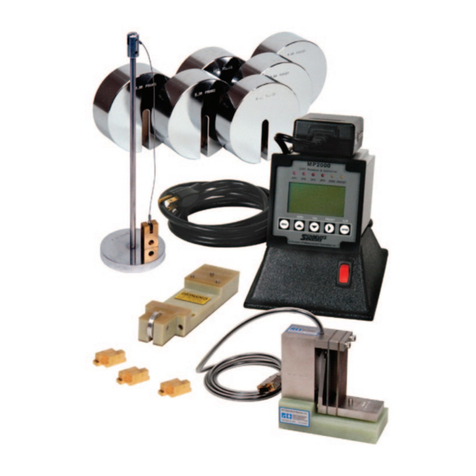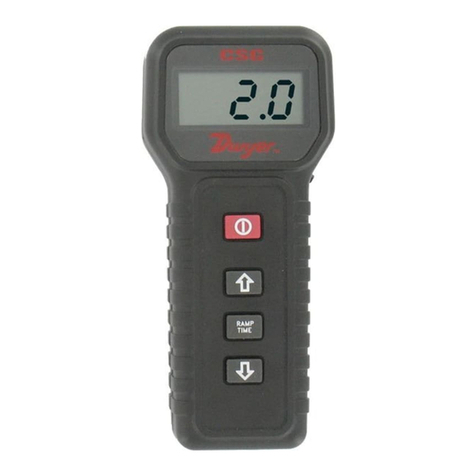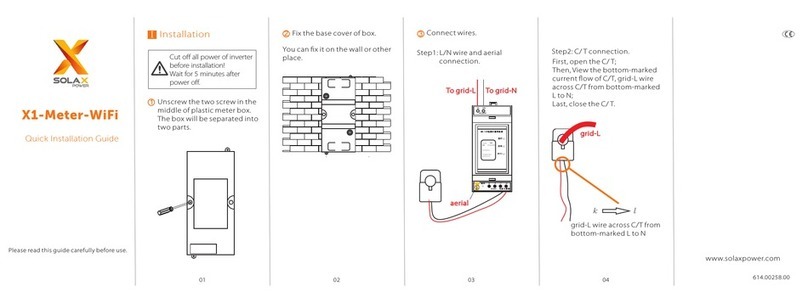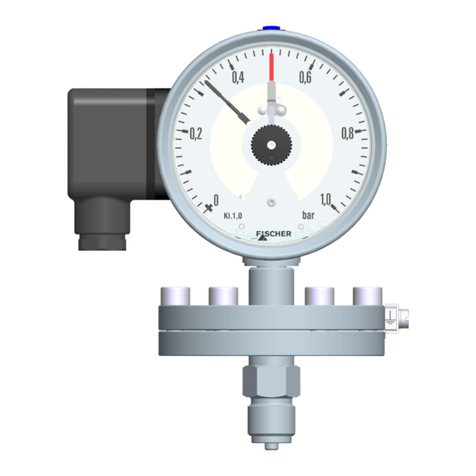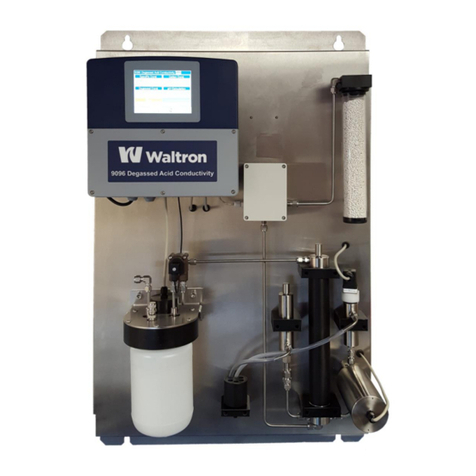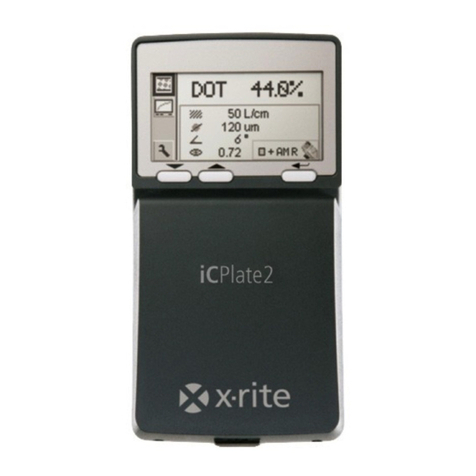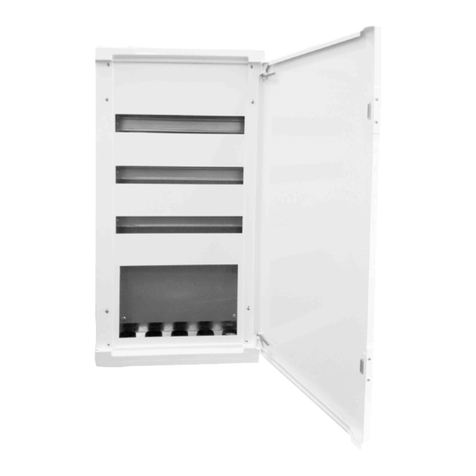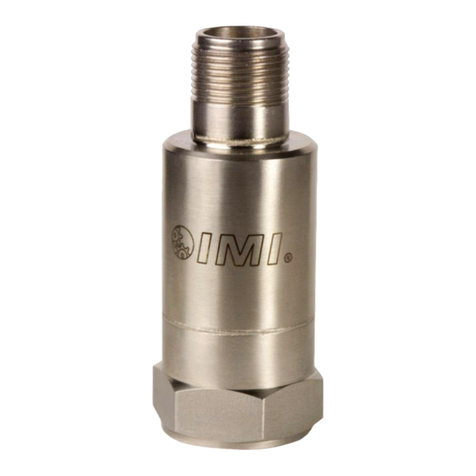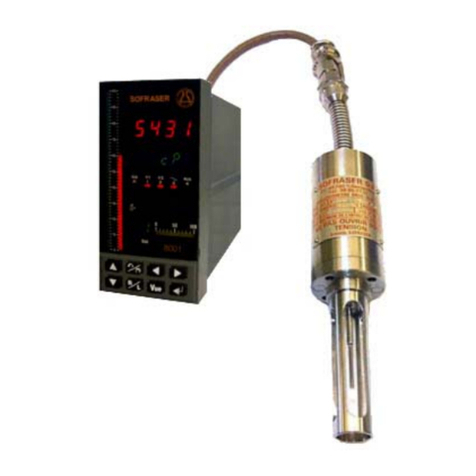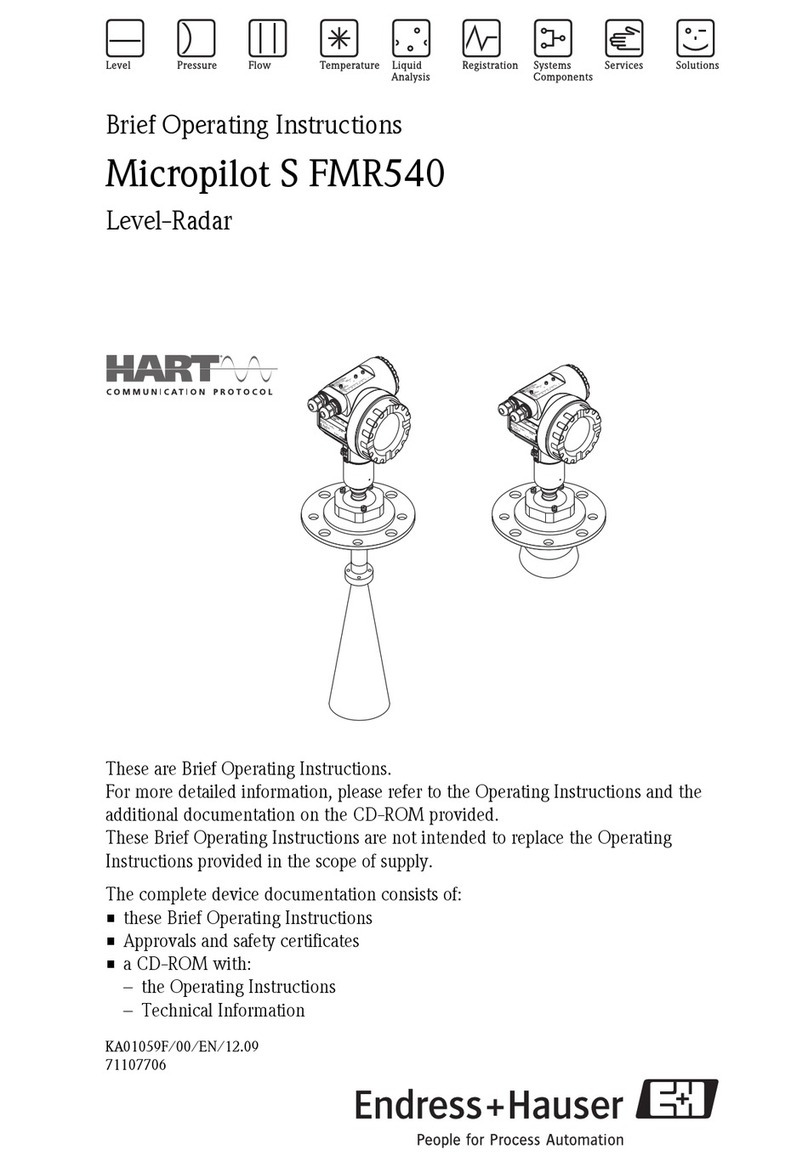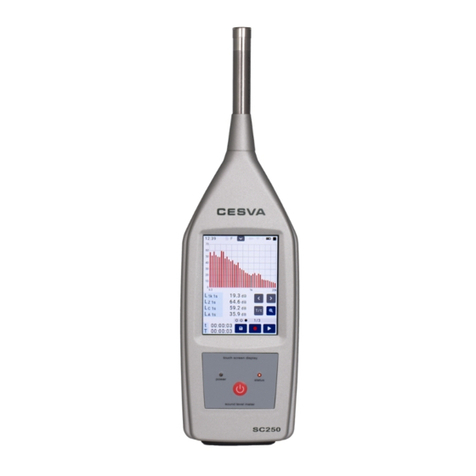
Gill Instruments Ltd
_____________________________________________________________________________________________________________
________________________________________________________________________________________________
WindObserver II Pipe Mount Page 4 Issue 04
Doc. No. 1390-PS-0009 August 2009
ASCII UV format.................................................................................................23
ASCII Polar format .............................................................................................24
ASCII Polled (UV and Polar)................................................................................24
8.9. Binary message format (UV, Polar and Tunnel)..............................................25
Binary UV format.................................................................................................25
Binary Polar format..............................................................................................26
Binary Tunnel format...........................................................................................26
8.10. NMEA Format.................................................................................................27
9. CONFIGURING......................................................................................28
9.1 Configuring using HyperTerminal....................................................................28
9.2 Entering Configuration mode .......................................................................... 28
9.3 Returning to Measurement mode....................................................................28
9.4 Checking the configuration .............................................................................29
9.5. Changing settings...........................................................................................29
9.6. Configuration Settings.....................................................................................30
Ax – Speed of Sound (SOS) and Temperature....................................................30
BX - Baud Rate...................................................................................................30
Cx – Not Applicable.............................................................................................30
Dx – Diagnostic and Configuration Command......................................................31
Ex - Duplex mode................................................................................................31
Fx - Data and parity options.................................................................................31
Gx to Gxxx – Averaging (Digital Outputs Only) ....................................................31
Hx - Heating........................................................................................................32
Jx – Not Applicable..............................................................................................32
Kx – NMEA Settings............................................................................................32
Lx - ASCII Message terminator............................................................................32
Mx to MXX – Message Format ............................................................................32
Nx - Node Address..............................................................................................33
Ox – ASCII Output Format (Output String Padding).............................................33
Px - Output rate...................................................................................................33
Q – Measurement Mode......................................................................................33
Tx – Not Applicable.............................................................................................33
Ux – Digital Output Units.....................................................................................33
Vx - Vertical Output Padding ...............................................................................34
Xx - 45Alignment Offset/Inverted Operation.......................................................34
Yx - Not Applicable.............................................................................................34
Zx – Not Applicable.............................................................................................34
10. MAINTENANCE & FAULT-FINDING ....................................................35
10.1 . Cleaning .......................................................................................................35
10.2. Servicing.........................................................................................................35
10.3. Fault-finding....................................................................................................35
10.4. Returning unit.................................................................................................36
10.5 . Status (error) codes......................................................................................36
10.6. Bench test.......................................................................................................36
Integrity Check Chamber (ICC)............................................................................37
Integrity & Zero Wind Check................................................................................37
11. APPENDICES........................................................................................38
11.1 . Glossary & Abbreviations..............................................................................38
11.2 . Guarantee.....................................................................................................39
11.3 . Principle of operation....................................................................................40
11.4 . Electrical Conformity.....................................................................................41
EC DECLARATION OF CONFORMITY ACCORDING.........................................41
陕西威瑞仪器仪表有限公司 生产代理销售:实验检测设备气象科学仪器设备




















